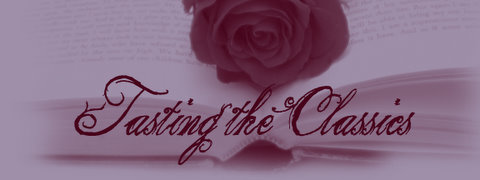Aleksandr Benois 1870-1898
FROM BOWLT:
Benois' awareness of disintergration of contemporaneous social and cultural values was shared by many members of the World of Art group...
"His search for a cohesive style in the face of his 'spriitually tormented, hysterial ctime' his aesthetic devotion to bygone cutlures (particularly that of seventeenth-century France), his reaction against the sociopolitical tendencies of realistic art, and his very love of the teater and the ballet were elements central to the sybmolist world view..."
----------------------------------------------------------------------------------------------------------
History of Russian Painting in the Nineteenth Century
FROM BOWLT:
Benois' awareness of disintergration of contemporaneous social and cultural values was shared by many members of the World of Art group...
"His search for a cohesive style in the face of his 'spriitually tormented, hysterial ctime' his aesthetic devotion to bygone cutlures (particularly that of seventeenth-century France), his reaction against the sociopolitical tendencies of realistic art, and his very love of the teater and the ballet were elements central to the sybmolist world view..."
----------------------------------------------------------------------------------------------------------
History of Russian Painting in the Nineteenth Century
"Generally speaking, the whole art of our time lacks
direction. It is very vivid, powerful, full of passionate enthusiasm, but while
being entirely consistent in its basic idea, it is uncoordinated, fragmented
into separate individuals. perhaps we only imagine this, perhaps the future
historian will see our general characteristics in perspective and will outline
our general physiognomy. But for the time being, this cannot be done; any
unsuccessful attempt would be pernicious because it would create a theory, a
program, where essentially, there should not be one.”
Historical necessity, historical sequence requires that an
age that would absorb man’s individuality in the name of public benefit or of a
higher religious idea would again come to replace the redefined epicureanism of
our time, the extreme refinement of man’s individuality, his effeminacy, morbidity,
and solitude.”
Epicureanism is a system of
philosophy based upon the teachings of the ancient Greek philosopher Epicurus,
founded around 307 BC. Epicurus was an atomic materialist, following in the
steps of Democritus. His materialism led him to a general attack on
superstition and divine intervention.
"Although of course, the sin does not lie with the artists
alone; ti rests on the deepest foundations, on the whole of Russian society’s
attitude towards art.”
Society is as much as fault as the individual.
"We should be surprised only that in spite of this situation,
we can now observe, nevertheless, a kind of allusion to our future flowering, a
kind of veiled presentiment that we will still utter the great word within us.”
--
Publishing Information:
Russian Art of the Avant Garde Theory and Criticism Revised and Enlarged Edition edited by John E. Bowlt




